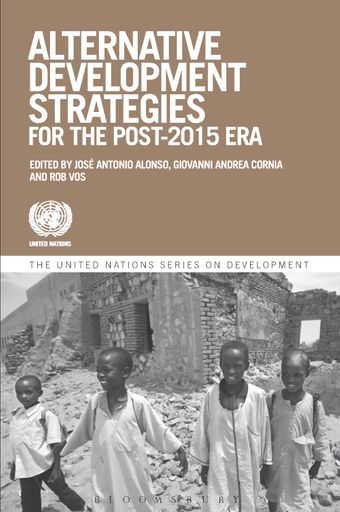Learning from the past: Which of the past/current development strategies are best suited to deal with the “quadruple crisis”?

- Authors: Giovanni Andrea Cornia and Milica Uvalic
- Main Title: Alternative Development Strategies for the Post-2015 Era , pp 107-135
- Publication Date: December 2014
- DOI: https://doi.org/10.18356/96dba5ea-en
- Language: English
The MDG development strategy has mainly been framed in terms of social and aid policies and has said little about the national development strategies and governance changes required for their achievement. Because of this omission, national strategies have, often by default, relied on an unfettered liberalization of domestic and external markets and weak food security and environmental policies. Such an approach has done little to prevent the emergence of a “quadruple crisis” which has severely affected the economies of many developing countries and delayed the achievement of the MDGs. The elements of the “quadruple crisis” are (i) a mounting macroeconomic instability which periodically erupts into costly financial crises; (ii) rising food prices, hunger and malnutrition; (iii) a worsening of income inequality; and (iv) long-term environmental problems which raise the costs of the mitigation and adaptation measures needed to prevent additional personal and environmental damages. In all these areas, the search for new development approaches is in order, to deal with the crises themselves and to support the drive to achieve the MDGs.
© United Nations
ISBN (PDF):
9781472533265
Book DOI:
https://doi.org/10.18356/f10d15b3-en
Related Subject(s):
Economic and Social Development
Sustainable Development Goals:
-
From This Site
/content/books/9781472533265c009dcterms_title,dcterms_subject,pub_keyword-contentType:Journal -contentType:Contributor -contentType:Concept -contentType:Institution105
/content/books/9781472533265c009
dcterms_title,dcterms_subject,pub_keyword
-contentType:Journal -contentType:Contributor -contentType:Concept -contentType:Institution
10
5

